

  |
The Virtual Server iDataAgent is used to protect VMware virtual machine data. Follow the steps given below to install the Virtual Server iDataAgent.
Installation |
Before You Begin |
||
|
Download the latest software package to perform the install. Verify that the computer in which you wish to install the software satisfies the System Requirements. |
| 1. | Run Setup.exe from the Software Installation Disc on a proxy computer that can communicate with the ESX Server. | |||
| 2. | Select the required language. Click Next. |
 |
||
| 3. |
Select the option to install software on this computer.
|
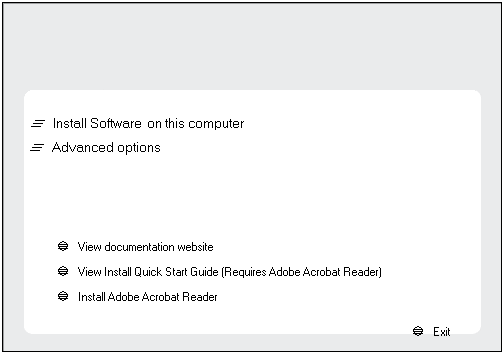 |
||
| 4. |
Select I accept the terms in the license agreement. Click Next. |
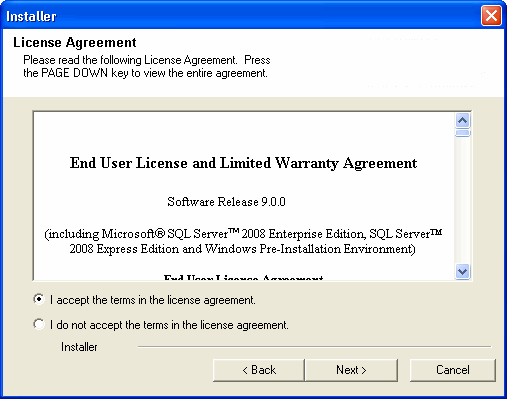 |
||
| 5. | Expand Client Modules | Backup & Recovery
| File System and select Virtual Server Agent.
Click Next. |
 |
||
| 6. |
Click YES to install Microsoft .NET Framework package.
|
 |
||
| 7. |
If this computer and the CommServe is separated by a firewall, select the Configure
firewall services option and then click Next.
For firewall options and configuration instructions, see Firewall Configuration and continue with the installation. If firewall configuration is not required, click Next. |
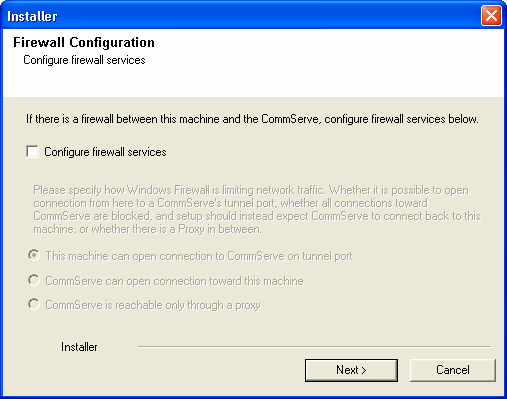 |
||
| 8. |
Enter the fully qualified domain name of the CommServe
Host Name. Click Next.
|
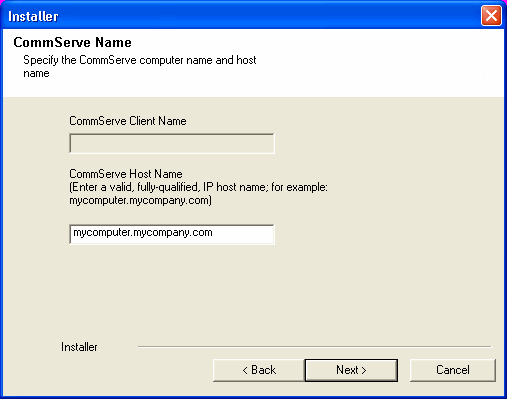 |
||
| 9. | Click Next. |
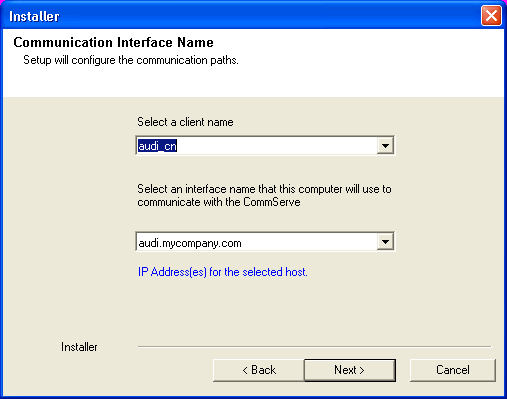 |
||
| 10. |
Select Add programs to the Windows Firewall Exclusion
List, to add CommCell programs and services to the Windows Firewall
Exclusion List. Click Next.
|
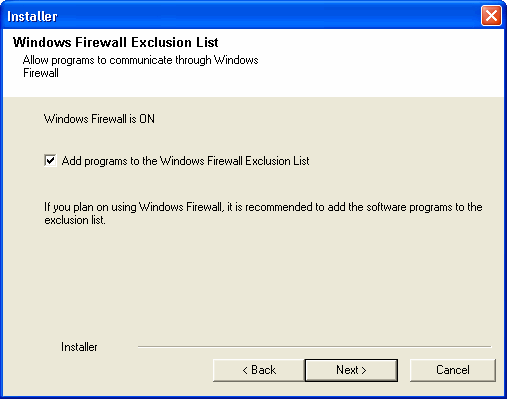 |
||
| 11. |
Verify the default location for software installation. Click Browse to change the default location. Click Next.
|
 |
||
| 12. |
Select a Client Group from the list. Click Next.
|
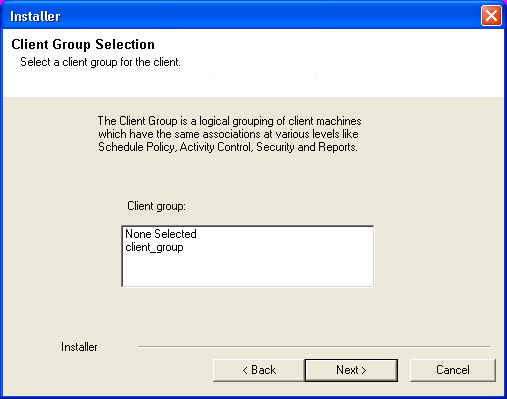 |
||
| 13. | Click Next. |
 |
||
| 14. | Click Next. |
 |
||
| 15. | Select a Storage Policy. Click Next. |
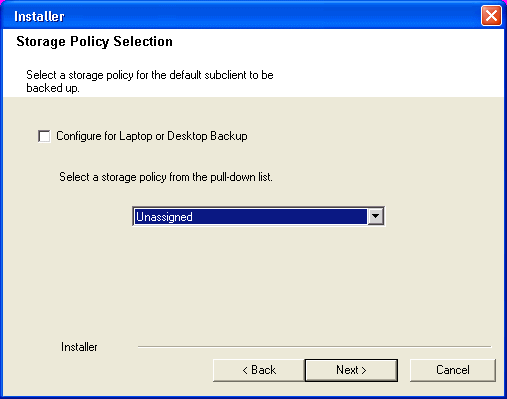 |
||
|
If you do not have Storage Policy created, this message will be
displayed. Click Next.
|
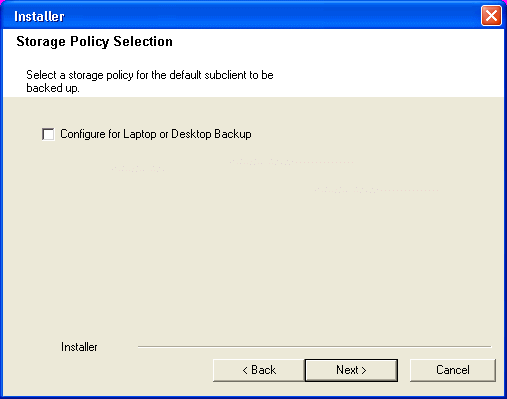 |
|||
| 16. | Click Next. |
 |
||
| 17. | Click Next. |
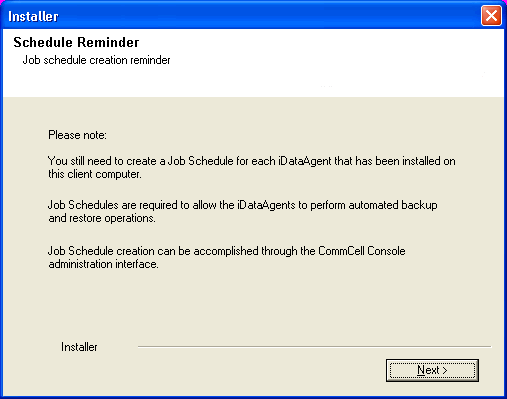 |
||
| 18. | Click Finish. |
 |
||
 |
If you already have a storage policy selected in step 15, click the
Next
button available on the bottom of the page to proceed to the
Configuration section. If you do not have Storage Policy created, continue with the following step. |
|||
| 19. | To create a storage policy, you must have configured a
library in the CommCell.
|
|||
DISK LIBRARY CREATION:
This will create a library and Storage Policy. Click the
|
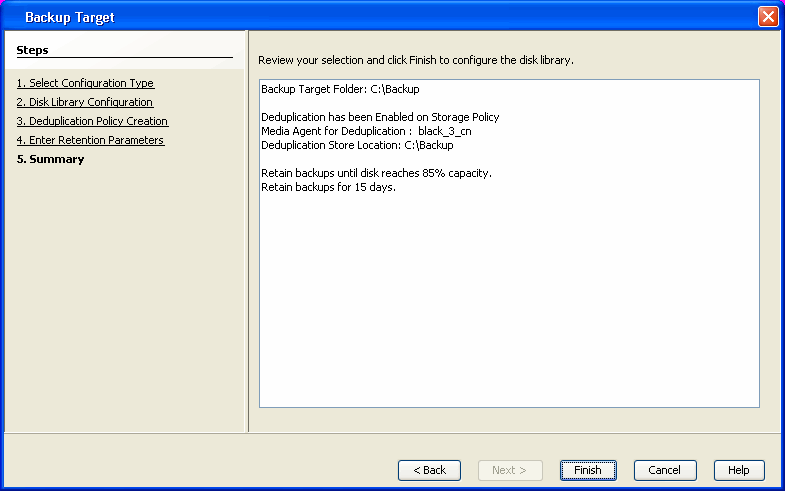 |
|||
Storage Policy Creation:
This will create a storage policy. Click the
|
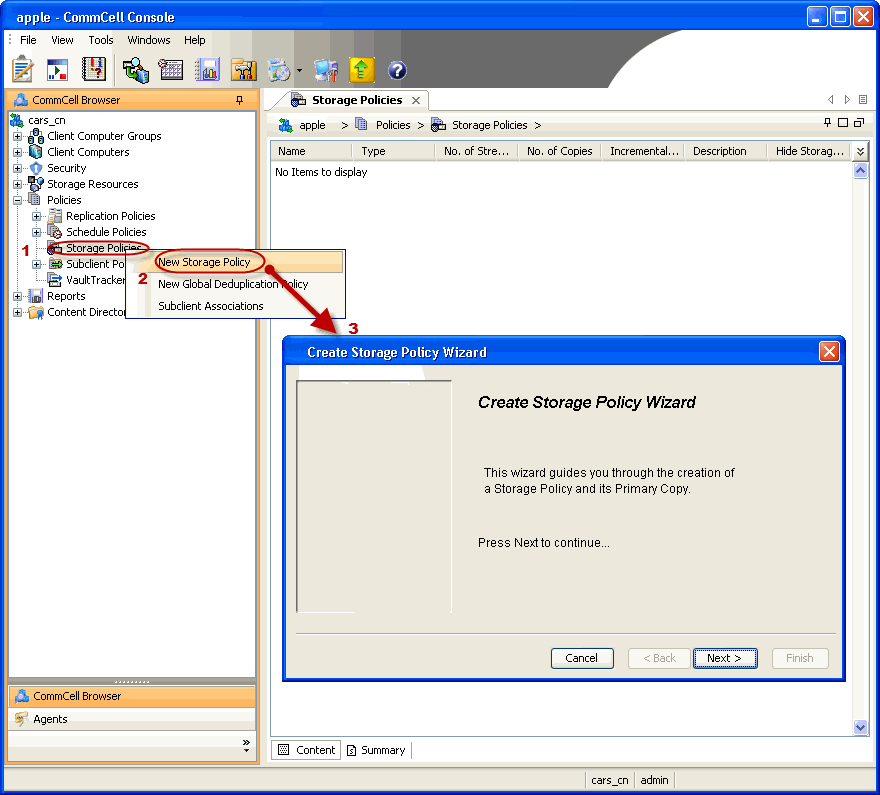 |
  |